Marine Microbes

Dozens of oval bacteria coat the membrane of this microorganism, known as a protist, collected from the sulfidic, anoxic Cariaco Basin off the coast of Venezuela. This pairing is probably an example of mutualistic symbiosis, a close relationship between two species in which both parties benefit. These organisms were collected by WHOI biologist Ginny Edgcomb and post-doctoral fellow Bill Orsi. (Scanning electron micrograph by William Orsi, Woods Hole Oceanographic Institution)
What is Microbial Life?
"Microbe" is a general term that encompasses almost any microscopic organism, including bacteria and archaea, which lack a cell nucleus or other membrane-bound cellular structures, and protists (mostly unicellular organisms that lack specialized tissues, and hence, are neither plant nor animal nor fungus). They can be found throughout the ocean, from rocks and sediments beneath the seafloor, across the vast stretches of open water, to intertidal and surf zones.
The diversity and number of microbes in the ocean far exceed that of macroscopic life, and many employ unique life strategies not seen anywhere else on Earth. Without them, life on Earth almost certainly would not be possible.
Some microbes are photosynthetic, deriving their energy from the sun. Below the photic zone (the uppermost, sunlit portion of the ocean), and especially at deep-ocean sites and around hydrothermal vents and seeps, microbes are chemosynthetic, meaning they derive energy from chemical reactions to drive their metabolic processes. Some microbes prey on others, some obtain carbon from inorganic sources, and some are scavengers that feed on dead organisms, fecal pellets, or other waste organic matter. Some can even consume hydrocarbons, aiding in the cleanup of oil from spills such as Deepwater Horizon. A few, such as diatoms and foraminifera, make hard, calcite “shells” that last for thousands of years in seafloor sediments and provide clues to past climate and ocean conditions.
Why is it important?
Ocean microbes play an important role in Earth's biogeochemical cycles, particularly the carbon, nitrogen, phosphorus, iron, and sulfur cycles. They also form the very base of the marine food chain, recycle nutrients and organic matter, and produce vitamins and cofactors needed by higher organisms to grow and survive. Many have evolved over millions of years to form symbiotic relationships with animals that allow the host animals to live in harsh or otherwise toxic environments, such as the hot, sulfur-rich waters around hydrothermal vents.
Some microbes are pathogens (toxic to humans and marine life) and result in billions of dollars lost or spent each year; others have resulted in billions of dollars and millions of lives saved through the development and production of pharmaceuticals or other commercial products.
News & Insights
What happens to natural gas in the ocean?
WHOI marine chemist Chris Reddy weighs in on a methane leak in the Baltic Sea
News Releases
Deepest sediment core collected in the Atlantic Ocean
Plate Tectonics Fuels a Vast Underground Ecosystem
Study Sheds Light on Critically Endangered Beluga Whale Population
[ ALL ]
WHOI in the News
Deep Sea Science: Deep Sea Reveals Insights On Human
Why Science Labs Love Older Scientists
Move Over, Mars: The Search for Life on Saturn’s Largest Moon
[ ALL ]
From Oceanus Magazine
Our eyes on the seafloor
A Q&A with WHOI marine microbiologist Maria Pachiadaki on sampling the deep ocean with Jason
Bridge-to-PhD program at WHOI opens doors for new scientists
WHOI’s Center for Chemical Currencies of a Microbial Planet (C-CoMP) works to expand BIPOC representation in ocean sciences with its inaugural Bridge-to-PhD Fellowship Program
A coral reef kickstart
WHOI’s Reef Solutions Initiative takes a multi-disciplinary approach to investigate solutions for ailing coral reefs
A Lobster Trap for Microbes
What if you wanted to observe what microbes in the ocean are doing? First, you lure them into your field of view.


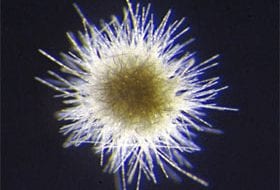
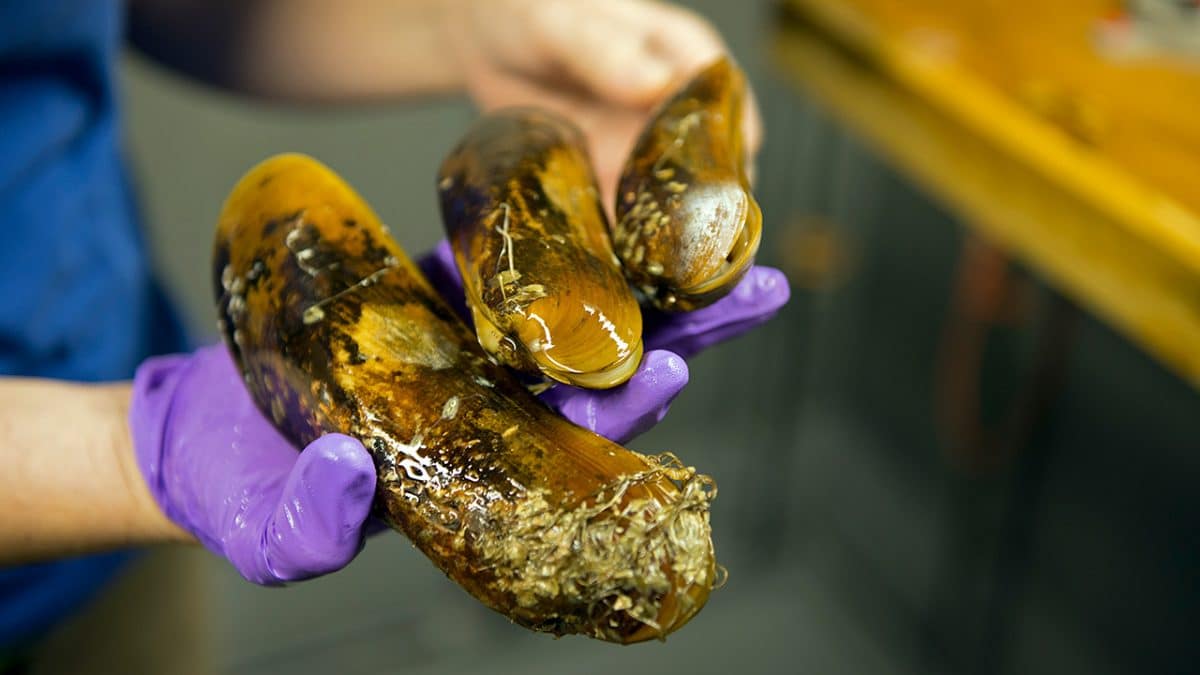
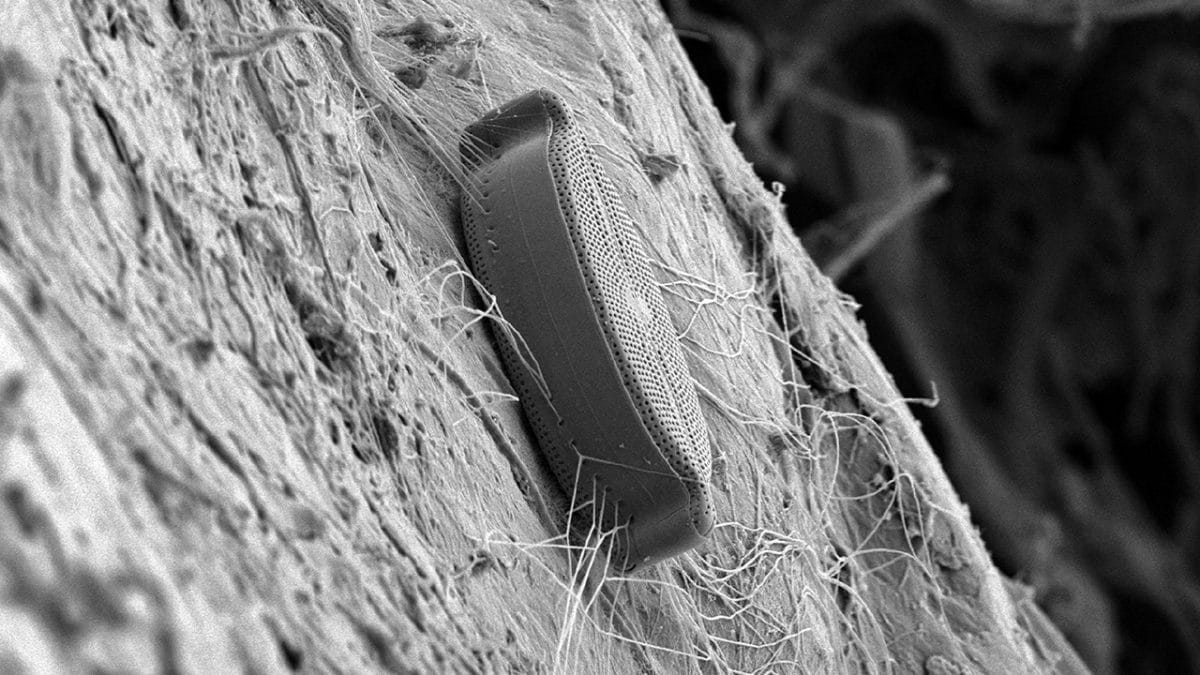
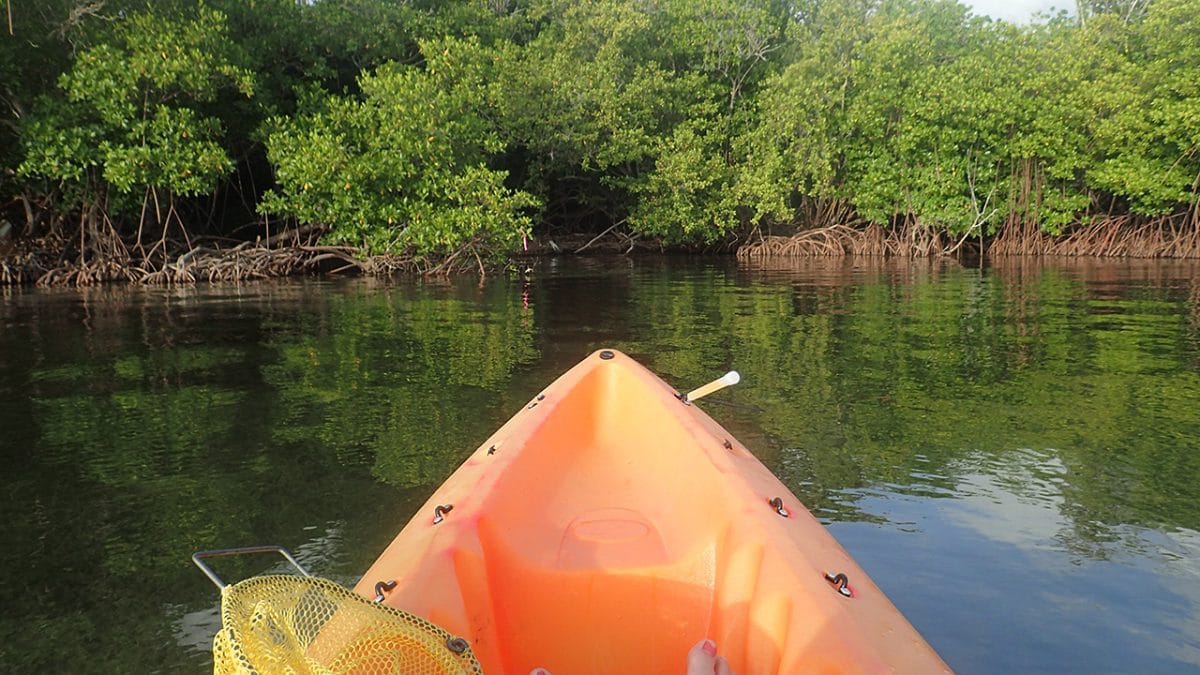
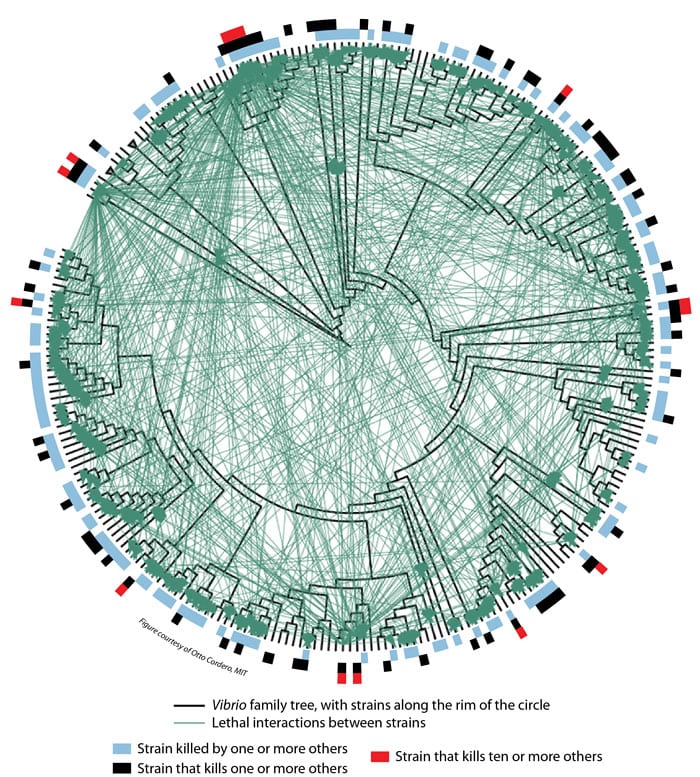
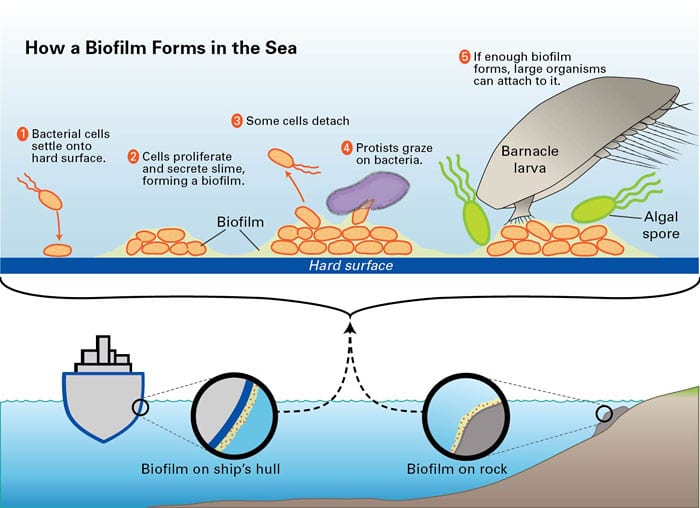
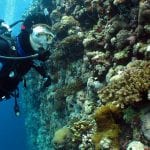 Corals
Corals 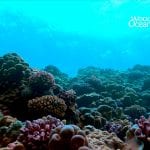 Ecosystems
Ecosystems 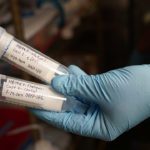 Environmental DNA (eDNA)
Environmental DNA (eDNA)  Jellyfish & Other Zooplankton
Jellyfish & Other Zooplankton  Marine Mammals
Marine Mammals 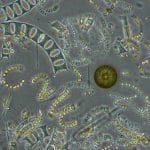 Ocean Plants
Ocean Plants  Sea Birds
Sea Birds 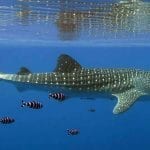 Sharks & Other Fish
Sharks & Other Fish  Shellfish
Shellfish